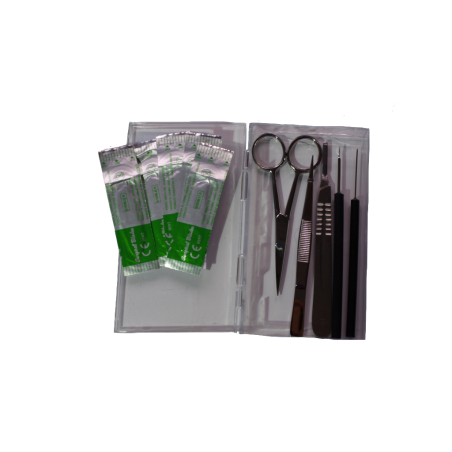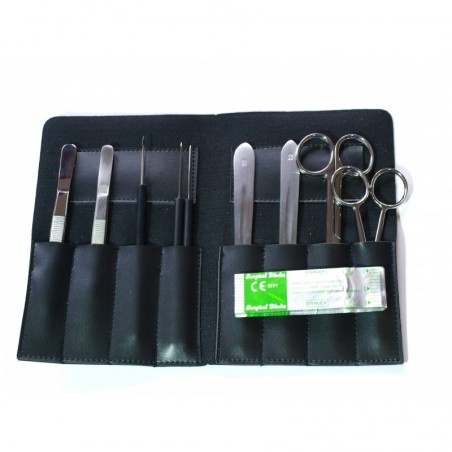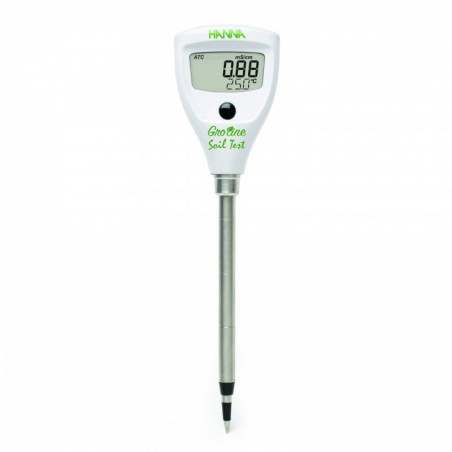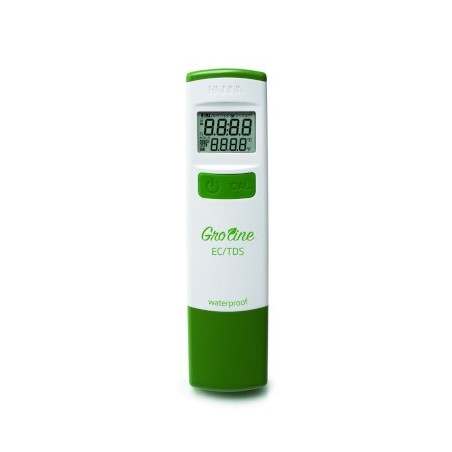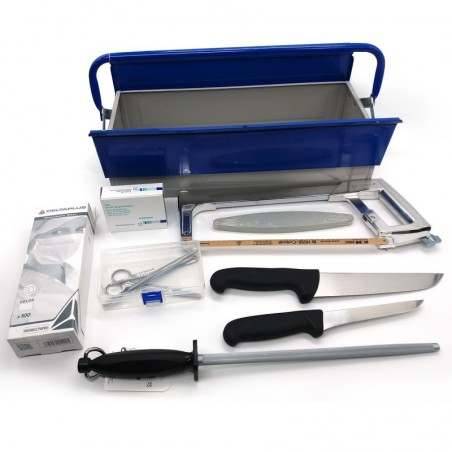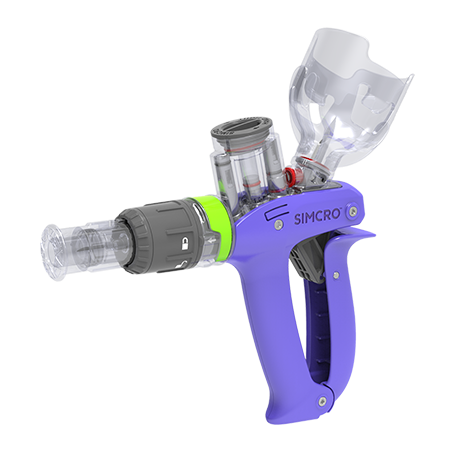Description
We find two farms with a 3-site production system.

Farm A: Has a herd of 2,800 breeding sows and works with a Pietrain terminal sire line. The piglets move to the nursery, which is located about 10 km away. This nursery has 4 barns, which allows for an all in-all out system by barn, avoiding having a continuous production cycle.
Farm B: Has a herd of 2,600 breeding sows and a Danish Duroc terminal sire. Like the above farm, the weaning is off-site and consists of 3 independent barns.
In general, there is medium biosecurity on both farms, and they are located in areas of high pig density.
Piglets enter the nursery at an average weight of 6.5 kg (although on these farms with highly prolific sows, we can find a large percentage of 3.5 kg piglets) and, during the first two weeks, they consume prestarter feed with 2500 ppm of zinc oxide/t. In the starter feed, with the objective of replacing the zinc oxide, a mixture of organic acids is introduced as a distinct additive. The drinking water has a conductivity below 900 microsiemmens. After 6-7 weeks in the nursery, the piglets are moved to the finishing barns, which are within a 150 km radius.
Presentation of the problem
The problems begin when piglets from Farm B enter finishing and animals with edema disease appear. Edemas appear in different parts of the body (brain, eyelids, face, larynx, mesocolon) and the animals die quickly (Photos 1 and 2). The edema produced by the toxin in the brain causes the animals to show neurological signs such as incoordination, staggering gait, or the inability to walk (Video 1). The animals present respiratory distress as a consequence of the edema and vascular damage to the airways (Video 2). The strongest piglets in the herd are usually affected. Death occurs very rapidly in a large number of animals. At necropsy, gelatinous edema is observed in the colon (Photo 2, right), and bloody edema in the tissues. We can also find petechiae in the intestine and an excess of serous fluid in the abdominal cavity.
Laryngeal edema produces a characteristic grunting sound.
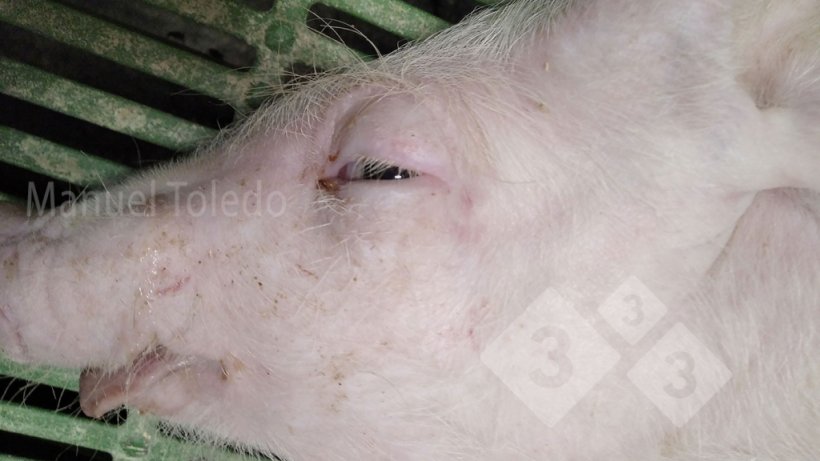
Photo 1. Eyelid edema in a piglet.

Photo 2. Colon edema
Video 1. Neurological involvement due to edema disease.
Video 2. Lung and eyelid edema.
Initially, these outbreaks were controlled with fasting and antibiotic therapy, but in the following batches these measures were no longer successful. Samples were taken and sent to the laboratory to determine the virulence factors (fimbriae and toxins) and the MICs of the antibiotics in order to know which one to use to control the process (Analysis 1). More and more batches of pigs with more acute processes begin to appear and it is observed that when the animals are medicated, either orally or parenterally, mortality increases both in number and speed.
Analysis 1. Virulence factors and MIC of the samples taken.
| MICROBIOLOGY | |
|---|---|
| Sample ID | IDENTIFICATION |
| 1 | Beta-hemolytic Escherichia coli *** |
| 2 | Beta-hemolytic Escherichia coli ***/Proteus |
| 3 | Beta-hemolytic Escherichia coli *** |
| 4 | Beta-hemolytic Escherichia coli *** |
| 5 | Beta-hemolytic Escherichia coli ***/Proteus |
| 6 | Beta-hemolytic Escherichia coli *** |
| VIRULANCE FACTORS OF E. COLI | |
|---|---|
| DETERMINATIONS | SAMPLES |
| Pool 1-5 | |
| E. coli gen eae | Positive(Cq 37) |
| F4 | Positive(Cq 19) |
| F5 | Neg |
| F6 | Neg. |
| F41 | Neg. |
| F18 | Positive(Cq 33) |
| STa | Positive(Cq 28) |
| STb | Posltlve(Cq 18) |
| LT | Positive(CQ 17) |
| STX2e | Positive(Cq 35) |
| AIDA | Positive(Cq 33) |
| EAST | Positive(Cq 17) |
| Escherichia coli | Positive(Cq 18) |
| Antibiotic | MIC (microg/ml) | Interpretation | |
|---|---|---|---|
| Sensitive | Resistant | ||
| D-Ampicillin | > 16 | ≤ 8 | ≥ 32 |
| D-Spectinomycin | 16 | ≤ 32 | ≥ 128 |
| D-Trimetoprim/ sulfametoxazol | ≤ 2 | ≤ 2 | |
| C-Gentamicin | 16 | ≤ 2 | ≥ 8 |
| C-Neomycin | 8 | ≤ 6 | ≥ 25 |
| C-Amoxicillin+clavulanic acid | 16 | ≤ 0.25 | ≥ 1 |
| C-1-Florfenicol | > 8 | ≤ 2 | ≥ 8 |
| C-CIindamycin | > 10 | ≤ 0.5 | ≥ 4 |
| B-Ceftiofur | ≤ 0.25 | ≤ 2 | ≥ 8 |
| B-Colistin | 12 | ≤ 2 | >2 |
| B-Enrofloxacin | 1 | ≤ 0.25 | ≥ 1 |
| B-Danofloxacin | 1 | ≤ 0.25 | ≥ 1 |
It was decided to modify the feed formula, lowering the protein and energy and adding non-digestible fiber to prevent the excess of protein in the intestine from producing an increased number of colibacilli. This measure seems to improve the situation somewhat, but there are still outbreaks in some batches, with a high number of losses in a very short time. This situation causes great frustration not only in the finishing farm, but also among all the veterinarians who visit the farm, since the measures taken do not solve the problem.
In this situation, the next measure to be taken is vaccination with a toxoid vaccine against shiga toxin. The appearance of neutralizing antibodies occurs three weeks after administration and protection lasts until the piglets are 15 weeks old. The vaccine is usually administered when piglets are four days old. However, due to the lack of response to the measures implemented, and to accelerate the arrival of vaccinated animals at the critical age, it was decided to vaccinate the piglets at weaning for several weeks, until the piglets vaccinated at four days of age reached the weaning age, since the clinical signs appear at the end of the nursery phase and in the finishing phase.
The presentation is increasingly virulent because antibiotic treatments are not only ineffective but lethal. When the bacteria are killed, a large amount of toxins are released, causing a high number of losses on the farm. Fasting is the best tool, but this must be done for a long period of time, otherwise the disease may recur, Zinc oxide prevents further synthesis of STx inside the bacteria and Soluble zinc oxide begins to be used for the control and support of all other measures.
In farm A, there is a recirculation of PRRS that is also active at the nursery stage. As a consequence, the mechanisms of the pulmonary defenses are altered by the virus, decreasing the immune response and making it difficult to clear out the secondary bacteria, causing a higher incidence of streptococci. The increase in treatments to control this process and other respiratory problems that appear leads to the appearance of outbreaks of edema disease 20 days after the animals enter the finishing barn, which are attributed to the intestinal dysbiosis caused by amoxicillin.
Figure 1. Evolution of deaths, Farm A.
In this case, the initial predisposing factors (PRRS and antibiotic therapy), accentuate the effect of the suppression of zinc oxide and its substitution by the mixture of organic acids. In this situation, vaccination against edema disease in lactation was chosen and, as a basic part of the action protocol, the first measure proposed is to control the recirculation of PRRS in Farm A.
The problem is that piglets on a farm with recirculating PRRS must be treated with antibiotics in order to control losses caused by secondary pathogens. In this case, when trying to control with amoxicillin in the water (since non medicated feed is used), the outbreaks of edema disease intensify, so that therapeutic measures for the control of respiratory pathogens cannot be established.
OBSERVATIONS
Zinc oxide protects against the severity of edema disease by reducing the concentration of toxins inside the bacteria (endotoxin). It is also true that it maintains membrane stability and prevents the action of thermostable and thermolabile toxins. Many times, there is not a quick cause and effect relationship, but rather it occurs over time, since a greater number of bacteria have to start proliferating in the intestine of the piglets and these have to have a higher concentration of toxins, and therefore, they usually appear in the form of outbreaks during alternate periods of time.
Toxoid vaccines against edema disease are an excellent tool. They work very well, but nutritional solutions must be adapted to prevent the development and exacerbation of the different colibacillary strains in the weaning phase.
Fasting is the best tool which, together with the application of zinc oxide via water, are the chosen alternatives, since the use of antibiotics in severe cases is counterproductive as described above.
The physical-chemical and microbiological quality of the drinking water is also very important, as it can be the factor that turns an incidence with few losses into a real disaster.
It is one of the most frustrating situations for the clinical veterinarian. The animals cannot be adequately treated, since it makes things worse and we must wait at least three to four weeks after establishing a vaccination protocol, but above all, we must know the cause of the pathology, since we can vaccinate against edema disease, but we can develop the pathotype of E. Coli that produces exotoxins and cause enterotoxigenic colibacillosis signs at the start of finishing.








